Introduction to Sedum Fall Care
As the crisp air settles in and the days grow shorter, the garden takes on a golden hue, and it’s time to discuss one of fall’s hardiest champions: sedum! These succulent beauties paint our gardens with a spectrum of autumnal colors and are a popular choice among gardeners looking to add some low-maintenance flair to their fall landscapes. But as they dazzle with their vibrant blooms, many ponder if should sedum be cut down in the fall.
Sedum plants, also dubbed ‘stonecrop,’ are a group of more than 400 species well-loved for their ability to thrive in harsh conditions. Their robust nature sees them through the most challenging climates, and as the cooler season approaches, these plants provide a captivating display that breathes life into the waning garden. Their yearly cycle is one of perseverance and resilience, growing from their winter slumber, shining through the warm summer, and finally, showing off their full glory as the leaves begin to drop.
Consider a bustling fall garden, the sedum standing proudly with its richly-hued flowers. As a gardener, you might feel the urge to neaten things up, but in the dance of decay and renewal that is fall, sedum plays a critical role. Is trimming them back truly necessary, or is there beauty and benefit in letting them be?
How you approach sedum fall care can also depend on the variety. Some sedums, like the ‘Autumn Joy’, transition from bright pink to a deep copper as the season progresses, undisturbed by the cooler weather. Their sturdy stems don’t falter, even under a crown of snow, offering a unique structure and intrigue to the sleepy winter garden. So, before you reach for those pruners, pause to reflect on the spectacle these steadfast plants offer to the year’s final act.
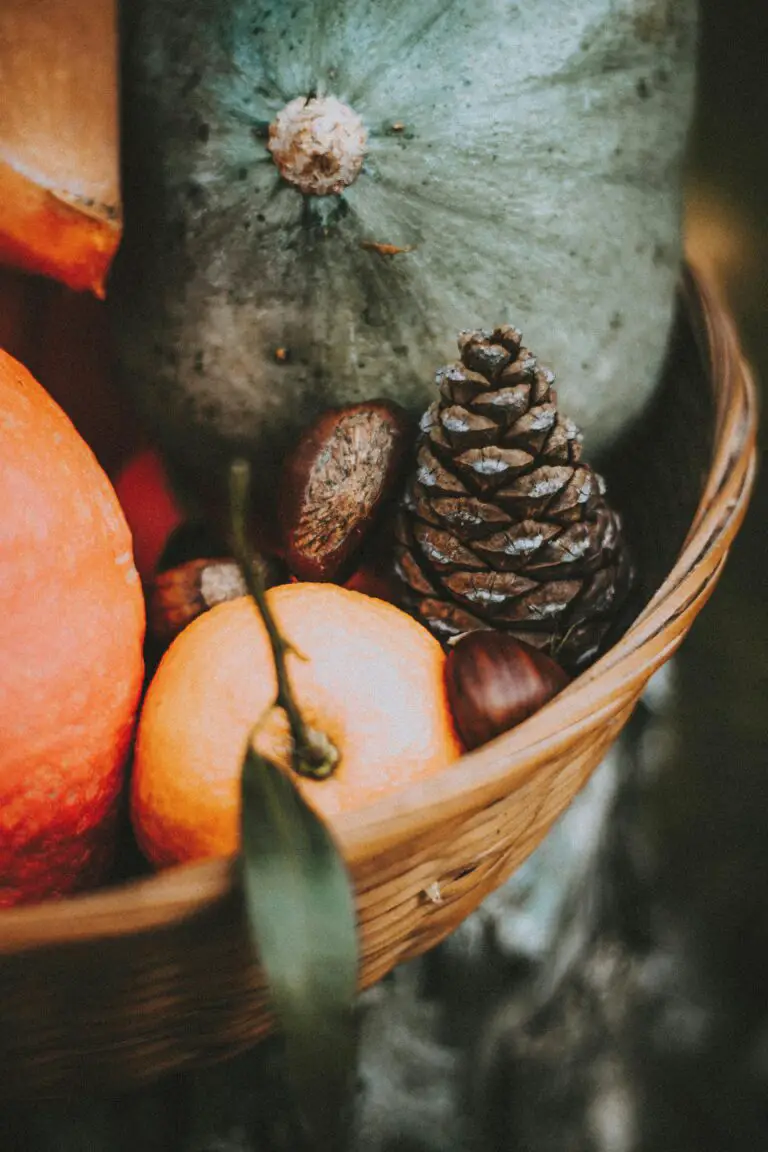
For those seeking more guidance on nurturing these perennial favorites, there’s plenty of wisdom to be had. One insightful resource is Proven Winners’ Ultimate Growing & Care Guide, where you can delve into the requirements and tips for keeping your sedum thriving through the seasons. After all, a little knowledge can ensure that these fall favorites continue to grace your garden year after year.
Understanding the Growth Cycle of Sedum
Have you ever marveled at the tenacity of sedum plants as they power through the harshest conditions with their lush, spiky foliage? These hardy succulents have an impressive life cycle that sees them burst into a riot of color during bloom time. Today, let’s delve into the captivating world of sedum and dissect their fascinating growth cycle, particularly post-summer.
Imagine you’re walking through your garden as the summer’s heat wanes, the once vibrant sedum now stands with maturing seed heads. This isn’t the end but a pivotal moment in their life cycle. In this resting phase, they’re not slacking but prepping for the next season. It’s a strategy that ensures their survival and flourishing year after year. Each seed head is a promise of new life, poised to make the most of the autumn rains and cooler weather.
A natural question arises during this transitional period: to trim or not to trim? While an undisturbed winter may give the sedum a head-start in spring, there’s more to consider. For instance, leaving the stems and seed heads can provide much-needed sustenance and shelter for wildlife. Birds find refuge and food among the sturdy remnants of your beloved sedum.
As we bridge the gap between seasons, it’s crucial to understand the role each phase plays in the life of sedum. From budding greenery to full-bloom showstoppers, and back to seemingly inert bundles of potential—the cycle is consistent yet always astonishing. To get a visual treat of these diverse growth stages, let’s take a peek at this insightful video:
What’s particularly amazing is how each variety of sedum can differ slightly in their growth and bloom patterns, making a garden a tapestry of timing and texture. Consider this: while some types may flourish with the buzz of bees in late summer, others might save their grand act for the crispness of fall. So really, deciding whether to cut them down post-summer depends on multiple factors—not just garden aesthetics but also plant health and local ecosystem support.
The cyclical nature of sedum is an exquisite reminder of the rhythms of nature. Next time you’re pondering pruning, remember that every phase of the sedum’s life cycle is a masterpiece in patience and resilience—a true testament to the undulating patterns of garden life.
Pros and Cons of Cutting Down Sedum in Fall
As gardeners, we’re often caught between the desire for a tidy garden and the call of nature’s processes. Pruning sedum plants as summer fades can feel like an end-of-season ritual, yet it’s more than just an item on our gardening to-do list. It’s about understanding the balance between the plant’s health and the little ecosystem your garden supports. Let’s dig into whether snipping back those sedums as the air chills is the right move.
Pros of Pruning: Giving your sedum a trim before Jack Frost has a chance to dance on the leaves isn’t just for curb appeal. It’s about what’s best for the plant too. Cutting back sedum can prevent the mat of unruly growth that becomes a holiday resort for pests and diseases in the damp, cooler weather. I remember helping a friend rescue her sedum from an aphid takeover last fall – let’s just say we were not on those critters’ Christmas card list!
But here’s where it gets interesting; pruning can convert your sedum into a botanical phoenix. When trimmed correctly, these succulent beauts can burst into spring with even more gusto. Have you ever seen a rejuvenated sedum, post-trim? They’re not just alive; they’re thriving, like toddlers full of beans, reaching for the sun!
Cons of Skipping the Snip: Now, it’s not all doom and gloom if you decide to leave your sedum standing. There’s a certain charm to the frost-kissed flower heads of sedum plants, kind of like nature’s own Christmas decor. And let’s not forget the critters. Birds and insects are on the scout for food and shelter, and your untrimmed garden is their five-star resort.
What if I told you that not pruning sedum might actually simplify your winter gardening routine? Sounds tempting, right? It can save you time when your hands are already full of holiday prep, and you prefer enjoying a cup of hot cocoa over holding a pair of shears in the cold. Just imagine the sight: Nature’s ice sculptures adorning your sedums, each crystal an artwork of its own.
Whether you’re team prune or not, both paths offer benefits worth weighing. The best part? You get to choose based on what resonates with you and your garden’s needs. Curious about more ways to keep your garden glowing even when the temperatures drop? Check out our insightful article on winter garden care, crafted to guide you through the colder months with ease.
How to Properly Trim Sedum in Autumn
As the leaves turn vibrant shades of fiery amber and gold, our gardens transition into a twilight of growth, signaling that it’s time to prepare our plants for the colder days ahead. Sedum, with its succulent leaves and star-shaped blooms, is no exception. In fact, pruning this hardy perennial can be quite the autumnal ritual. But how do we ensure that we’re giving our sedum the best post-summer pampering? Let’s dive into a step-by-step guide on the correct techniques for pruning sedum in the fall.
First things first, you’ll need the right tools for the job. A sharp pair of garden shears or a pruner will do nicely—just make sure they’re clean to avoid spreading any diseases. Wearing a pair of gloves isn’t a bad idea either, especially if you want to keep your hands safe from the plant’s sap or the chill in the air.
Now, imagine you’re a sculptor and your sedum is the fine marble before you. It’s not about hacking away at the plant; it’s an art form. Begin by cutting back the spent flower heads—this encourages the plant to focus on root and foliage development. A real-life example of this technique in action can be seen in gardens that flourish year after year, where sedum stands resilient through every season, all thanks to careful fall pruning.
But be mindful of the timing! Pruning too early can leave your sedum vulnerable, as those faded flowers provide some insulation against early frost. And if you wait too long, wet winter weather might have already done a number on your plant. Aim for that sweet spot when the foliage begins to decline—typically around late September to October.
The next step is to trim back any dead or damaged stems, which will help prevent rot and disease from setting in. You want to cut back to a point just above where new growth is seen. Our end goal here is to encourage healthy growth for the next season. Think about the sedum like a phoenix rising from the ashes; come spring, it will burst forth with fresh vigor.
Finally, let’s get to the heart of the matter: promoting next season’s growth. After trimming, make sure your sedum has proper soil nutrition and consider mulching to provide extra winter protection. Remember, your sedum is not simply surviving the winter—it’s preparing to thrive next spring.
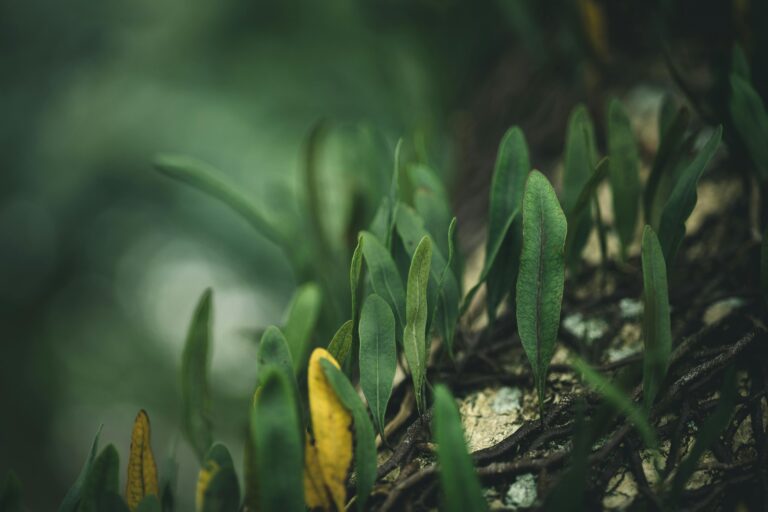
If you’re craving more garden care tips, keep exploring our site for insights on nurturing your plant companions through every season.
Autumn’s chill may signal a slowdown in the garden, but for your sedum, it’s just another chapter in its vibrant life. With these pruning tips, you can ensure that your sedum is not only surviving but prospering, as each fall trim promises a bounteous spring bloom.
Protecting Your Sedum Through Winter
As the summer blooms fade and autumn leaves flutter to the ground, your vibrant sedum may have you pondering, “Should sedum be cut down in the fall?” Absolutely! But after you’ve pruned back these hardy perennials, there’s still work to be done to tuck them in for the chilly months ahead. Let’s dig into the nitty-gritty of winter sedum care, shall we?

Consider mulching as the cuddly blanket for your sedum’s roots. A layer of organic mulch not only insulates the soil, conserving moisture and warding off frost heave, but it also adds a touch of aesthetic charm to your winter garden palate. Just picture the rich browns of pine bark contrasting with the crisp whiteness of snow – it’s like a winter wonderland out there in your very own backyard!
When it comes to watering, think of it as the sedum’s pre-hibernation drink. Before the ground freezes, give your plants a thorough watering to tide them over. It’s like sending them off to sleep with a full belly, ensuring they wake up in spring ready to stretch out their green fingers once more.
Lastly, let’s chat about temperature. Sedum can handle the cold but think of them like hardy mountain climbers rather than frosty snowmen. They can endure some pretty nippy conditions, but prolonged exposure to extreme cold can be tough on them. If you’re in a particularly frosty zone, providing some protection like a burlap wrap can be the equivalent of a high-tech thermal jacket for your green buddies.
For more garden winterization tips, be sure to check out this resource. It’s filled with actionable advice to keep your garden thriving, even when the mercury drops.
Common Mistakes to Avoid with Fall Sedum Care
As summer’s warmth fades and the crisp air of fall takes hold, sedum plants become a focus for many gardeners. But beware, the autumnal trim isn’t as straightforward as snipping at will. Let’s explore the all-too-common errors made during this critical period and how savvy gardeners can avoid them.
Trimming Too Early or Too Late
Timing is everything when it comes to pruning sedum. Trim too early, and you’ll miss out on the foliage’s stunning transformation. Cut back too late, and frost might beat you to it, leading to damaged growth. Observing your plants and local climate cues is key to getting this right.
Overzealous Cutting
Who doesn’t love a tidy garden? But with sedum, less is often more. Over-pruning can sap its strength, leaving it vulnerable to winter’s harshness. The rule of thumb—cut no more than a third. It’s like giving a haircut, not a buzz cut!
Ignoring Plant Health
Each sedum has its own tale to tell. Some might have faced pests or drought and need a gentler touch. Rather than a blanket approach, assess each plant’s vigor and prune accordingly. Healthier plants can withstand more rigorous pruning, while stressed ones may need just a light tidy-up.
And remember, every snip has its consequence—positive and negative. Picture the first-time gardener, shears in hand, cutting back her sedum as if there were no tomorrow. Come spring, there’s a sparse showing in her garden beds. A cautionary tale: excessive eagerness can lead to leaner blooms.
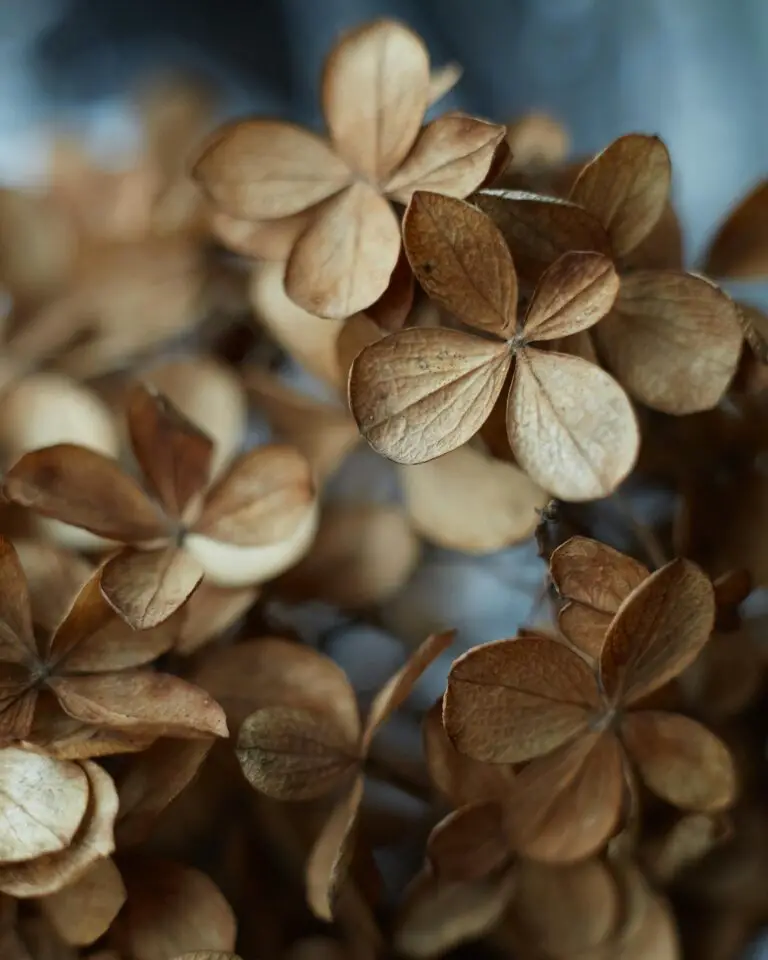
So, before you reach for the clippers, take a moment to consider these fall sedum care tips—your garden will thank you with a spectacular show when the seasons turn again. Happy trimming!
Regional Considerations for Sedum Pruning
When autumn’s crisp air begins nipping at our heels, the gardening community buzzes with the big question: to cut or not to cut sedum? The answer isn’t a simple ‘yes’ or ‘no’—it’s painted with the shades of your local climate and geographical quirks. You see, sedum, with its plump, water-storing leaves and star-shaped blooms, is quite the resilient succulent. Yet, its post-summer care can depend heavily on where it lays its roots.
Imagine, for a moment, the warm and sunny beaches of Southern California. Here, sedums can bask in the glow of milder winters, making the annual ‘haircut’ less critical. Cutting back may be geared more towards maintaining shape and encouraging denser growth come spring, rather than protecting from frostbite.
In contrast, take the brisk and snowy landscapes of the Midwest. Sedums face a different reality here, with nippy frosts threatening to turn their lush foliage into a frozen salad. Gardeners might decide to prune down their sedum in these regions as a preventive tactic, ensuring the plant’s core is cozy beneath the soil, ready to spring back to life once winter thaws.
But let’s not overlook the in-betweeners: places where the climate flirts with frost but seldom fully commits. In areas like the Pacific Northwest, your sedum might appreciate a trim just enough to remove any spent blooms, a strategy that balances aesthetics with a plant’s natural resilience to cool temperatures.
And in all these scenarios, we must consider the micro-climates within our own gardens. You know that sun-soaked corner by the fence, or the draughty northern wall? These spots can create unique environments where your sedum’s need for fall pruning might differ from the general regional advice.
So, should sedum be cut down in the fall? It’s a dance with nature, a bit of give and take influenced by your corner of the world. And just to keep things as vibrant as a sedum’s late summer blooms—let’s glance at an image that encapsulates the essence of preparing for the colder months. Perhaps it’ll inspire thoughts on how to approach your sedum’s autumn trim.
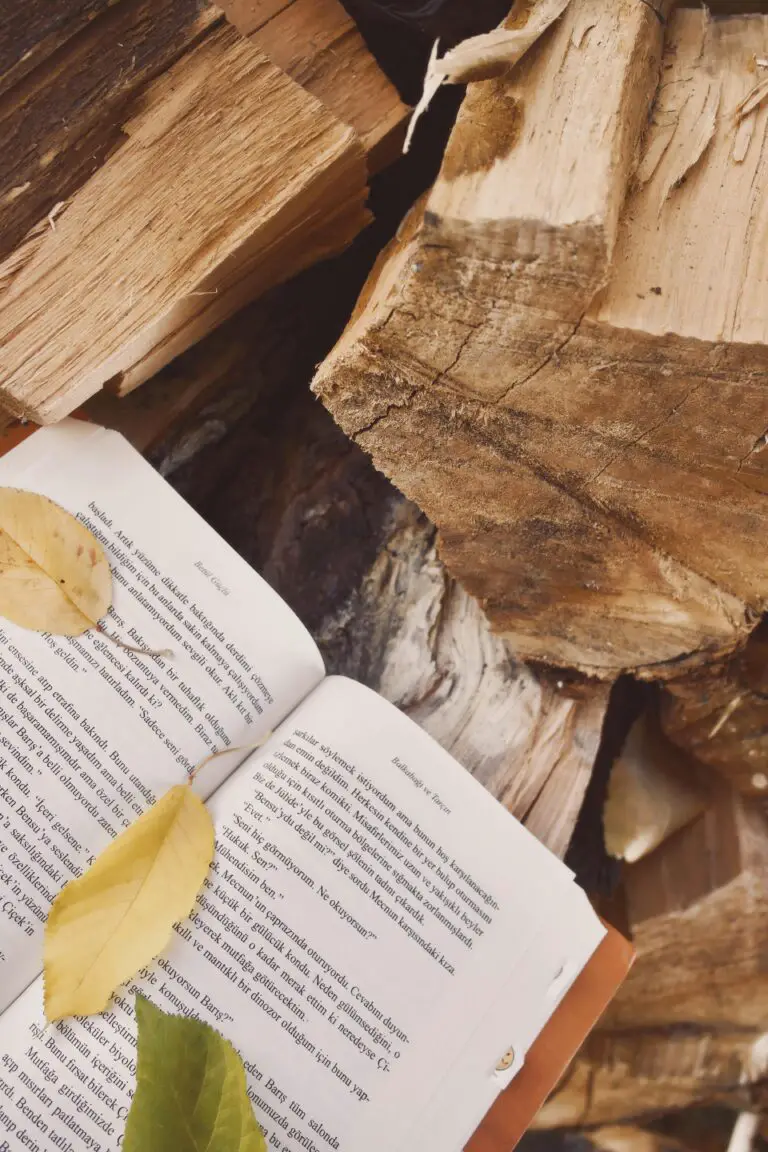
Remember, whether you’re pruning or letting it be, your sedum’s success is interconnected with the local ecosystem. Paying homage to this connection through careful fall preparation can ensure your plants continue to thrive, adding sculptural beauty to your garden year after year.
Incorporating Cut Sedum into Fall Decor
The end of summer does not have to signal the end of your garden’s beauty. Pruning your sedum after the warm season can give you a bounty of lush foliage and flowers, perfect for enhancing your fall décor. But how can you transform these clippings into stunning autumnal arrangements? Let’s delve into the crafty and imaginative world of fall decoration with your freshly snipped sedum.
Imagine a rustic dining table centerpiece made with the vibrant, sturdy heads of sedum blooms. Marrying their rosy hues with the rich ambers and browns of fall, these robust succulents can sit prettily amidst scented candles and miniature pumpkins. Perhaps you can even twist them into a floral garland, draping over your mantelpiece or twining down the banister, mingling with fairy lights for a warm evening glow.
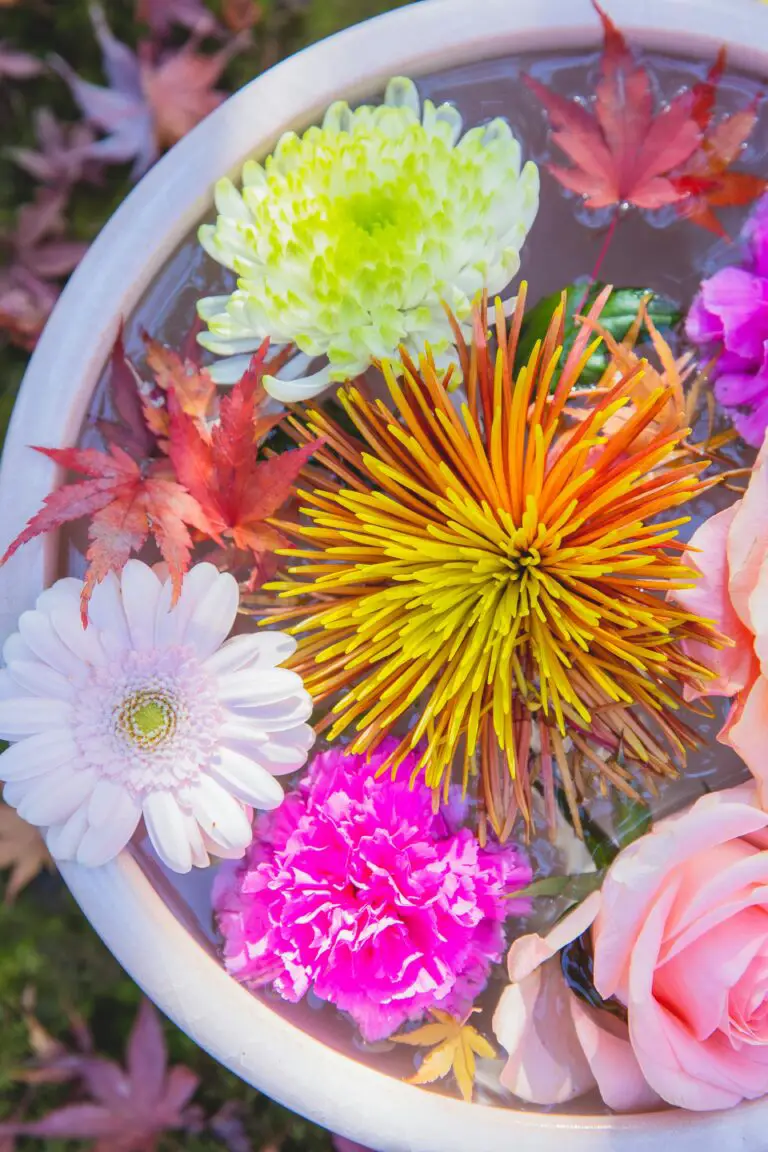
Not one for subtlety? Take it a step further by using cut sedum as the star of your front porch display. Arrange them in tall, ghostly white vases flanking your doorstep, adding a sophisticated touch to the traditional harvest theme. Or tuck them into that quirky autumn wreath on your door, where they provide an unexpected twist among the standard pinecones and acorns.
And don’t overlook the potential of sedum in smaller accents. An old mason jar gets new life when filled with sedum cuttings, creating a simple yet striking vignette on a bookshelf or a windowsill. Sometimes the most charming touches are the simplest ones, allowing the natural beauty of sedum to shine through and compliment your home’s fall ambience.
With a snip here and a placement there, the trimmed parts of your sedum can become integral pieces of your home’s fall dress-up. It’s all about looking at your garden trimmings with a creative eye and appreciating the raw, natural aesthetic they can bring to your festive décor. So this fall, let your sedum take center stage in your decorative efforts and watch as they transform your space with a punch of nature’s own artistry.
Frequently Asked Questions
Garden enthusiasts often ponder over the tantalizing question: “Should sedum be cut down in the fall?” Well, let’s dig into the dirt of this matter and give those green thumbs some insight! Pruning sedum, a robust perennial favorite, ignites a discussion as lively as its blossoms. It’s time to unwrap those queries with a flair of rustic charm and grounded expertise.
Is fall pruning a must for sedum, or can it wait?
Imagine a patch of sedum standing tall, crowned with star-shaped blooms, greeting the chill of autumn. The instinct might be to snip those stems, but hold those shears! Sedum, in its sturdy splendor, often fares well through winter, providing architectural interest and a feast for the eyes amidst a snowy backdrop. If you’re itching to prune, remember that timing is key, and sometimes patience rewards you with a garden’s winter wonderland.
What are the signs that my sedum is ready for a trim?
Picture this: It’s the latter part of fall, and your sedum’s once vibrant heads now don a tawdry tan, and their upright stature starts to slump. This is nature’s nudge, signaling that it’s high time for your sedum to don a neater form. Snip away, but with a gentle hand, leaving enough of a tuft to shield the plant’s crown and ensure a vigorous return in spring.
Can cutting back sedum in fall encourage better growth?
Indeed, a well-timed trim can be the secret sauce for a flourishing sedum. Picture a chef meticulously chopping herbs, knowing that this careful action promises a burst of flavor. Similarly, pruning sedum can stimulate stronger, more resilient growth. It’s not just about aesthetics; it’s an invitation for your sedum to come back with gusto when winter thaws to spring.
Do all sedum varieties require the same pruning care?
Not all sedums wear the same cloaks of color or share the same habits. Some relish a trim as the cold encroaches, while others prefer a snip at the first hint of spring. Consider the variety you’re nurturing in your backyard haven. The low-growing spreaders might ask for a different approach than their tall, upright cousins. Understanding their unique needs is like knowing whether your guest prefers tea or coffee for comfort—both delightful, yet distinct in care.
What’s the best method for pruning sedum?
Let’s roll up our sleeves and get down to the brass tacks of sedum snipping. The art of pruning isn’t a one-size-fits-all, but there are some steadfast guidelines to follow. And the best part? You can dive into this garden chore with ease, armed with nothing more than a trusty pair of secateurs and a keen eye for shape and health. It’s garden sculpting at its finest, with you as the artist ensuring your sedum’s encore performance next season.
Beyond the clipping and cutting, a garden is a living tapestry woven with patience, curiosity, and a dash of adventure. May these answers serve as a springboard to your fall gardening endeavors—and who knows, by next season, you and your beloved sedums might just be the talk of the neighborhood!



